Over
the years of my consulting on property tax matters, it has always surprised me
as to how few rural property owners realise that property acquired before the Capital
Gains Tax (CGT) regime (ie pre-20 September 1985) is not always exempt from
CGT when sold.
When a breeding property is sold, or subject to offer, it's generally the time
our office is contacted by anxious vendors to sort out the tax implications of
the sale and, where possible, plan to reduce the tax on sale. The thing we
least like telling them is what they thought was a 100% tax free sale can, in
certain circumstances, be subject to CGT.
If you don't want a nasty tax surprise when you sell that "old family property in
the bush", I suggest you read this article as it spells out when a separate CGT asset is created on pre-CGT
farmland and what the CGT implications are when it's sold.
Can
pre-CGT property attract CGT on sale?
Many breeders have farmed the family property for years and there is a
perception that as it was acquired in the family many generations ago, CGT can
never apply to the sale of this property.
Yes..CGT assets acquired prior to 20 September 1985 are referred to as 'pre-CGT
assets' and thus generally not subject to the CGT regime.
However, certain assets are
specifically subject to CGT despite being "pre-CGT" assets. In particular,
breeders should note that capital gains and losses will not be exempt from CGT
where the following circumstances apply:
Farmland was acquired pre-CGT, and a building was constructed on (or
significant capital improvement were made to) the land on or after that date,
to the extent that the building/improvement constitutes a separate CGT asset .
Where the has been a change in the
underlying ownership of a pre-CGT company or trust that owns the property.
I won't discuss b) above as it's just too technical for our purposes, but seek
out your adviser if you think this could be an issue.
What
is a "separate CGT asset"?
Under common law, buildings, structures and capital improvements on
farmland form part of the farmland itself. As such, the farmland and any
attached buildings/structures/improvements are treated as a single CGT asset .
However, where farmland is acquired prior to 20 September 1985, the CGT rules
will apply to treat the sale of a portion of the pre-CGT farmland as being
subject to CGT in the following scenarios:
A building or structure constructed is a separate
CGT asset if:
A contract for the construction was entered into on or after 20 September 1985;
or
If no contract, construction commenced on or after 20 September 1985.
Where farmland acquired on or after 20 September 1985 (post-CGT farmland ) is to adjacent pre-GGT farmland , the
post-CGT farmland is taken to be a separate
CGT asset if it is amalgamated with the pre-CGT farmland into the one
title;
A capital improvement made to a CGT
asset (e.g. farmland) that was acquired pre-CGT is taken to be a separate CGT asset if the cost base of
the capital improvement (plus any related improvements) when the CGT sale
happens exceeds both :
The improvements threshold for the income year in which the CGT improvement
happened (e.g. the 'improvement threshold' for the 2018 income year is $147,582
and this threshold is calculated yearly by the ATO); and
5% of the capital proceeds of the CGT event.
What
happens when a "separate CGT asset" on pre-CGT farmland is
sold?
In any of the above scenarios, when the farmland is sold, the sale if
effectively treated as a disposal of two or more CGT assets, and the
following CGT consequences will arise:
any capital gain or loss arising in respect of the underlying pre-CGT farmland
will be exempt (i.e. the farmland the structure sits on remains a pre-CGT
asset); and
any capital gain or loss arising in respect of any separate CGT assets (i.e.
buildings, adjacent land and/or capital improvements acquired on or after 20
September 1985) will be subject to CGT.
Apportioning
proceeds on sale of a "separate CGT asset"
When dealing with separate CGT assets, the CGT rules require the capital
proceeds received upon the sale of farmland to be apportioned on a reasonable basis between the pre-CGT
underlying farmland and the post-CGT buildings/land/improvements. A 1998 tax
determination stated that an apportionment based on market values at the time
of sale is generally acceptable as "reasonable".
Example – Capital improvements made to pre-CGT land treated as a separate
CGT asset
Susan acquired farmland in the
1970s for $100,000. From that time, the farmland was used in a horse breeding
business carried on by a related company.
This farmland is pre-CGT farmland as it was acquired pre-20 September 1985 and,
ordinarily, would not be subject to CGT when sold.
The company's farming operations ceased during the 2015 income year, and
capital improvements to the farmland were made during the 2016 income year to
ready the farmland for sale. The improvements, costing a total of $260,000,
included clearing the land, engaging contractors to upgrade the electricity
connections and sewerage works, and rezoning the land for mixed property use.
Susan sold the farmland in the 2018 income year for $2 million dollars, and it
is considered to be the mere realisation of an asset (i.e. not a
"profit-making" venture).
Are the capital improvements "separate
CGT assets"?
Yes. These capital improvements will be separate CGT assets, as the
total cost base of the related capital improvements (i.e. $260,000) exceeds
both :
The improvements threshold for the income year in which the CGT
improvement happened (e.g. the 'improvement threshold' for the 2018 income year
is $147,582); and
5% of the capital proceeds of the CGT event (i.e. 5% of $2 million = $100,000).
The capital proceeds of $2 million need to be apportioned, on a
reasonable basis, between the pre-CGT farmland and the post-CGT capital
improvements to the land. For example, if the market value of the farmland at
the time of the CGT sale would have been $1.5 million had the improvements not been made, it would be reasonable
to attribute $500,000 (i.e. $2 million less $1.5 million) of the capital
proceeds to the post-CGT capital improvements.
Accordingly, the capital gain on that separate CGT asset is $500,000 less the
relevant CGT cost base items. As the improvements were held for at least 12
months, a 50% general CGT discount applies to this gain.
Note - if Susan is eligible, any capital gain may be reduced under the CGT small business concessions .
Please don't hesitate to contact the writer if you wish for me to clarify or
expand on any of the matters raised in this article.
DISCLAIMER
Any reader intending to apply the information in this article to practical
circumstances should independently verify their interpretation and the
information's applicability to their circumstances with an accountant or
adviser specialising in this area.
By Paul Carrazzo (CPA) from Carrazzo Consulting CPAs.
Pre-CGT farmland is not always tax exempt
Advertisment
More Reading...
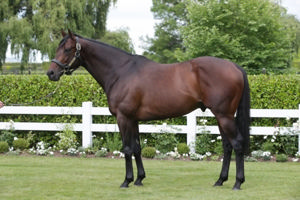
Sires With Winners - Monday December 29
Here is the full list of 21 stallions which had winners throughout Australasia today with winners and result details.

Caulfield Cup Winner Making International News – Sales Relations?
Winner of the 2011 Group I MRC Caulfield Cup, South Australian bred star staying mare Southern Speed was retired to stud in Japan at the end of her career and was in the news this week when her four year-old son Cosmo Kuranda went within a whisker of winning the Group I Arima Kinen (2500m).
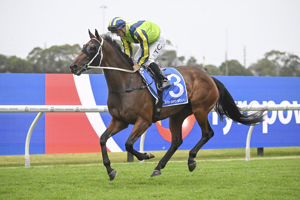
Pedigree Pointers – Karaka 2026
The 2026 NZB National Yearling Sales (January 25-29) offers buyers the cream of the New Zealand crop and in the weeks leading up to the sale we’ll go looking for pedigrees of interest for a myriad of reasons.
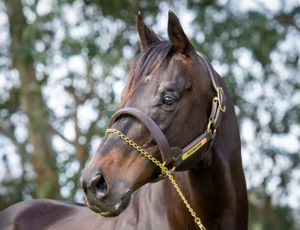
Sires With Winners - Friday December 26
Here is the full list of 103 stallions which had winners throughout Australasia today with winners and result details.
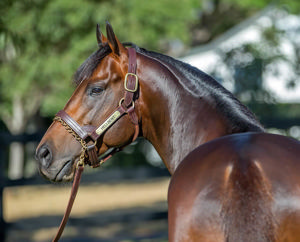
Sires With Winners - Saturday December 27
Here is the full list of 88 stallions which had winners throughout Australasia today with winners and result details.
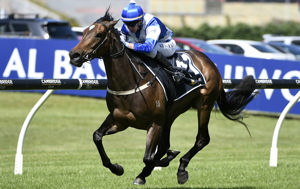
New Year Brings New Challenges in NZB Filly of the Year Series
With the Group One New Zealand Oaks (2400m) moving five weeks earlier to February this year, summer races over 2000 metres have taken on greater importance in the NZB Filly of the Year Series – starting with the $270,000 Group Two Sir Patrick Hogan Stakes (2000m) at Ellerslie on New Year’s Day.
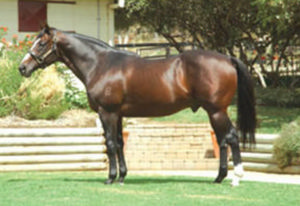
The $6,000 Stallion Casting a Long Shadow
While looking for an image of Snippets to go with our celebration of Snippets long form story before Christmas I was drawn to the back of my storage cupboard and there in a remote and dusty corner was a pile of Stallions books and 2001 gave me what I needed and also some serious food for thought.
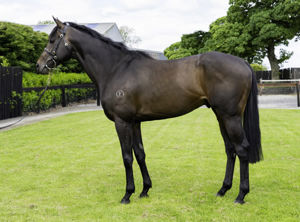
Ancient Spirit on His Way for White Robe Lodge
Last Friday was a bittersweet day for White Robe Lodge.
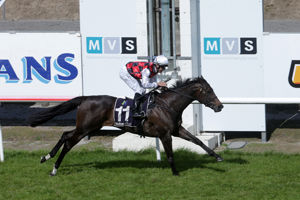
G1 Winner La Crique Retired to Stud
La Crique, arguably the most consistent horse in Australasian racing, has been retired.

Angela Jones Headed for Ellerslie
Leading Queensland rider Angela Jones will make her New Zealand debut at Ellerslie on New Year’s Day where she will partner the Lance O’Sullivan and Andrew Scott-prepared mare Smart Love in the Gr.2 Rich Hill Mile (1600m).
